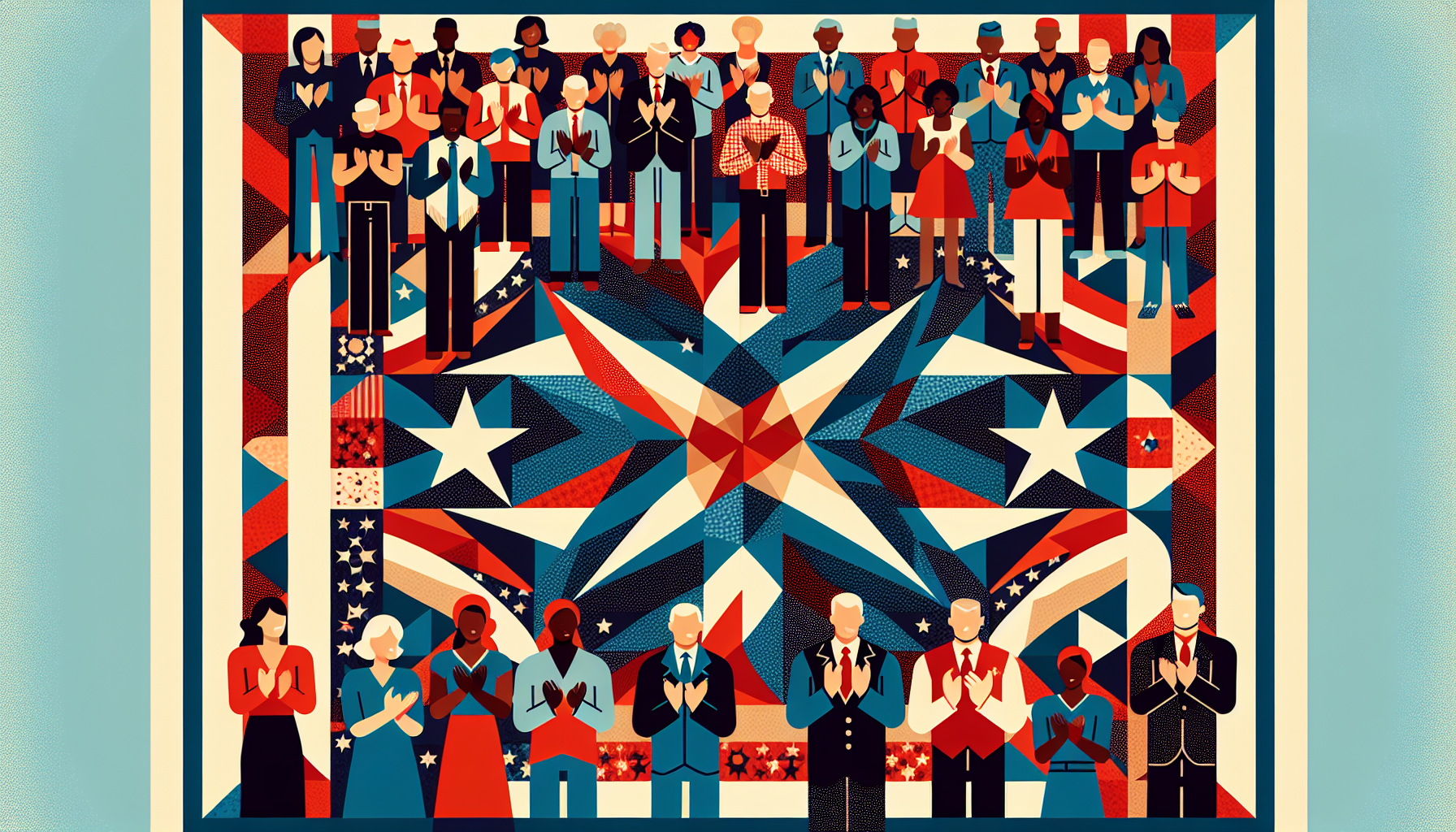Definition
Quality of Care, in the context of VA benefits, refers to the standard and effectiveness of healthcare services provided to veterans by the U.S. Department of Veterans Affairs. It encompasses multiple aspects like patient safety, efficiency, timeliness, and equitable treatment. The primary objective of emphasizing quality of care is to ensure that veterans receive proper medical attention, appropriate treatments, and desired healthcare outcomes.
Key Takeaways
- Quality of Care refers to the degree of excellence in healthcare services and treatment provided to Veterans, ensuring they receive effective, safe, and patient-centered support.
- The Department of Veterans Affairs continuously works on improving the Quality of Care through programs, initiatives, and performance measurements to assess and enhance the services offered to Veterans.
- Among the VA Quality of Care initiatives are transparency on healthcare performance, incorporation of evidence-based practices, and engagement of Veterans and their families in the improvement of healthcare services.
Importance
The term “Quality of Care” is vital in the context of VA benefits as it signifies the standard and effectiveness of the medical treatment, services, and support provided to veterans within the VA healthcare system.
High-quality care is essential for veterans to ensure they receive proper attention and care tailored to their unique needs, which may arise from service-related injuries or conditions.
The term also represents the VA’s commitment to continuously enhance and maintain the quality of healthcare provided to veterans, thus promoting their overall well-being and fostering a sense of trust and satisfaction in the services they receive.
Explanation
Quality of Care is a crucial metric within the VA benefits system, reflecting the overarching goal of ensuring a high standard of healthcare services provided to veterans. The purpose of this concept revolves around measuring and evaluating the degree to which healthcare services cater to the diverse needs of the veteran community.
By focusing on Quality of Care, the Veterans Affairs department aims to offer comprehensive, accessible, and efficient healthcare services that contribute to the overall well-being and improved health outcomes for veterans. This focus also helps in emphasizing the accountability of the healthcare providers within the VA system, as continuous efforts are made to maintain and improve the standard of care.
To uphold its purpose, the Quality of Care concept includes a range of parameters, such as safety, effectiveness, patient-centeredness, timeliness, equity, and efficiency. These indicators help in tracking and assessing the performance of healthcare facilities and providers, as well as informing the development of targeted strategies and policies.
By using this comprehensive approach, the Veterans Affairs department can continuously evaluate the strengths and weaknesses of healthcare services provided, in turn facilitating targeted improvements and ensuring that the needs of the veteran community receive the necessary attention. Ultimately, the concept of Quality of Care in the VA benefits system serves as a cornerstone in its ongoing commitment to safeguard and enhance the well-being of veterans.
Examples of Quality of Care
VA Telehealth Services: The U.S. Department of Veterans Affairs (VA) has prioritized improving access to healthcare for veterans through the use of telehealth services. Telehealth connects veterans with their healthcare providers, such as doctors, nurses, and therapists, through virtual appointments and secure messaging. By utilizing telehealth services, the VA aims to deliver quality care to veterans in a more accessible and convenient manner, especially for those who live in rural areas or have mobility challenges.
Whole Health Initiative: The VA’s Whole Health Initiative is a comprehensive approach to providing personalized, proactive, patient-driven healthcare. This initiative focuses on the well-being of veterans, considering physical, emotional, and social factors that impact their health. By addressing a veteran’s individual needs and preferences, the VA ensures they receive quality care that considers their unique circumstances. Some components of the Whole Health Initiative include health coaching, peer support, complementary therapies, and self-care strategies, all tailored to a veteran’s personal needs and goals.
Veterans Health Administration (VHA) Quality Enhancement Research Initiative (QUERI): QUERI is a program within the VHA that aims to improve the quality of care provided to veterans by implementing research findings and evidence-based practices. The program focuses on identifying gaps in care delivery, evaluating the effectiveness of interventions, and promoting the widespread adoption of best practices across the VA healthcare system. QUERI aims to improve access to care, patient safety, and the overall quality of services provided to veterans, ultimately leading to better health outcomes and an enhanced patient experience.
FAQ – Quality of Care
What does Quality of Care mean in the context of VA benefits?
Quality of Care refers to the standard of medical services and support provided by the Department of Veterans Affairs (VA) to eligible veterans. The VA aims to ensure the highest quality of care for all veterans and continuously works to improve healthcare services by setting performance measures, conducting research, and implementing new technologies and techniques.
How does the VA ensure Quality of Care for veterans?
The VA ensures Quality of Care through various initiatives such as continuously monitoring and evaluating the performance of healthcare providers, implementing evidence-based practices, and providing ongoing training and education for its healthcare professionals. Additionally, the VA collects and analyzes data to identify areas for improvement and develops strategies to address those areas, ensuring that veterans receive the best possible care.
How can I provide feedback on the quality of care I received at a VA facility?
There are several ways to provide feedback on your experience at a VA facility. You can share your compliments, complaints, or concerns with the patient advocate or customer service office at the facility where you received care. Additionally, you can submit your feedback through the VA’s online contact form available on the VA website, or call the VA helpline at 1-800-827-1000.
What steps does the VA take in response to concerns about Quality of Care?
When concerns about Quality of Care are raised, the VA takes them seriously and works to address them promptly. The VA investigates the concerns through a well-defined process, which may include conducting a thorough review of the care provided, interviewing the involved healthcare provider, and examining medical records. If an issue is identified, the VA takes corrective action such as providing additional training, making process improvements, or imposing disciplinary actions when necessary.
What resources does the VA provide to ensure quality mental health care for veterans?
The VA offers various resources to support mental health care for veterans. These include specialized VA mental health providers, evidence-based therapies, and telehealth services to reach veterans in remote or rural areas. VA mental health resources also include peer support, outpatient and residential treatment programs, and support for veteran families. Furthermore, the VA adapts its mental health care services to cater to the unique needs of different veteran populations, such as women, LGBTQ+ veterans, and veterans from different conflict eras.
Related VA Benefit Terms
- Patient-Centered Care
- Healthcare Outcome Measures
- Evidence-Based Medicine
- Continuous Quality Improvement
- Provider Credentialing and Competency
Sources for More Information
- U.S. Department of Veterans Affairs – Health Benefits
- My HealtheVet
- National Committee for Quality Assurance (NCQA)
- National Veterans Foundation (NVF)
 Benefits.com Advisors
Benefits.com Advisors
With expertise spanning local, state, and federal benefit programs, our team is dedicated to guiding individuals towards the perfect program tailored to their unique circumstances.
Rise to the top with Peak Benefits!
Join our Peak Benefits Newsletter for the latest news, resources, and offers on all things government benefits.
























